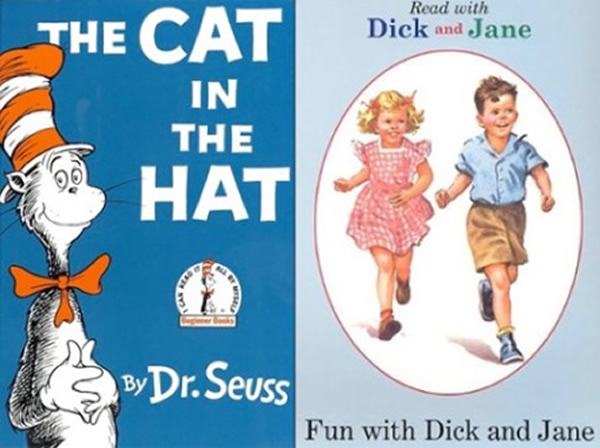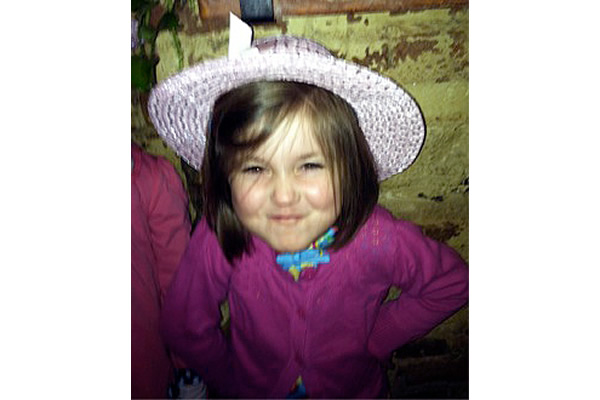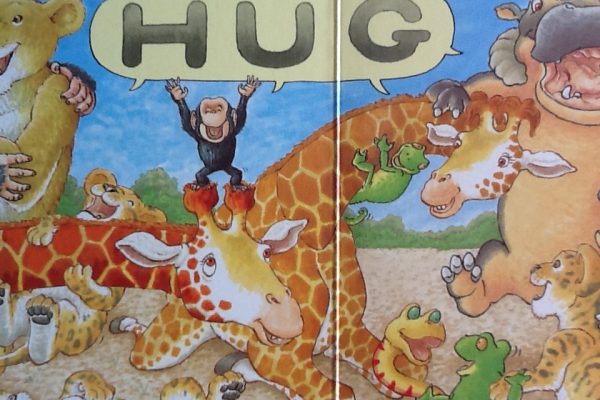
If you have ever had a small child living in your home, chances are there are several Dr. Seuss books lying around. He is, after all, the best-selling children’s author of all time.
Did you ever notice, though, that there are two different types Dr. Seuss books? Quite frankly, until recently, I did not.
In 1937, Seuss published his first story, To Think That I Saw it on Mulberry Street. It is a great story, one of my favorites, but very different from the book that catapulted Dr. Seuss to worldwide fame and fortune.
The Cat in the Hat, published in 1957, had a very different purpose, scope, and scale than Seuss’s earlier work. It is this book – and the subsequent “Beginning Reader” books by Seuss – that made Dr. Seuss a household name and put him smack in the middle of an ongoing and heated debate.
Seuss’s early work was written like most children’s books – inspired by the author’s experiences and flowing from his imagination to the page.
Seuss’s Beginning Reader series, on the other hand, was commissioned by a textbook publisher in response to criticism of reading instruction in the United States. A prominent journalist had pointed out that the reading materials (i.e. Dick and Jane) used to instruct new readers were excruciatingly boring and out of touch with kids’ lives and interests.
Seuss’s creations, like the Basal readers that preceded them, were intended to support a reading program called the “look and say” method, which taught students to identify whole words by site rather than relying on the principles of phonics to sound out each word.
Seuss was given a list of 348 words that the average six year old should know and asked to choose 225 from that list to make into a story kids would actually want to read.
Seuss found this task extremely difficult and later described it as “being lost with a witch in a tunnel of love.” On top of this difficulty was the fact that Seuss himself did not believe in the reading method he was laboring to support. He felt that the lack of focus on phonics and phonetic awareness was a leading cause of illiteracy in the United States.
Hmm. What is a writer to do?
If you are Seuss, you stick to the parameters of the assignment, add your own style and humor, and sprinkle it liberally with opportunities to practice phonics. Ta da! The Cat in the Hat!
By the time Seuss was finished he was convinced that his creation, The Cat in the Hat, would land him “plumb in the middle of a great educational controversy.” And indeed it did.
Seuss’s comments are often quoted by proponents of phonics instruction, but as the pendulum of education continues to swing between the extremes of relying wholly on phonics training on the one hand and immersion in literature on the other hand, Dr. Seuss’s Beginner Reader series are right where they should be – plumb in the middle.
They provide exactly what a novice reader needs – an authentic and entertaining read-along with a chance to practice the skill of building words out of letter sounds and the repetition necessary to add to a lexicon of words that are solidly known and understood.
The Cat in the Hat, One Fish Two Fish, Hop on Pop, and Green Eggs and Ham have an honorary place in American culture as the very first books many of us ever read all by ourselves, and they will most likely remain as the debate rages on.



